28. July, 2025delish0
The intelligent upgrade of slitting and rewinding machines can significantly improve production efficiency, reduce losses, and optimize production processes through the deep integration of Internet of Things (IoT) and big data technology. The following is a breakdown of specific application scenarios and benefits:
1. Real-time monitoring and device health management (IoT core application)
• Sensor network deployment
Vibration, temperature, and current sensors are installed in key parts of the slitting and rewinding machine (such as tension rollers, tools, and motors), and real-time equipment operation data (such as vibration frequency, bearing temperature, and energy consumption) are collected and transmitted to the cloud platform through the IoT gateway.
• Predictive maintenance
Big data analyzes historical data to establish equipment health models and identify abnormal patterns (such as increased vibration due to tool wear). For example, a packaging material factory used AI algorithms to predict tool failures 12 hours in advance, reducing downtime by 30%.
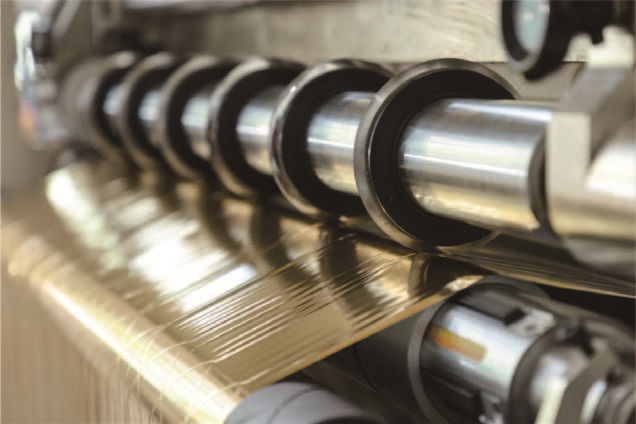
2. Dynamic optimization of process parameters (big data driven)
• Multi-dimensional data correlation analysis
Combine equipment data (tension, velocity) with material properties (substrate thickness, viscosity) and environmental data (temperature and humidity) to optimize slitting parameters using machine learning. A film manufacturer reduced the edge slitting unevenness rate from 5% to 1.2% by dynamically adjusting the tension setting.
• Digital twin verification
Establish a virtual slitting rewinding machine model, simulate the effect of different parameter combinations in the cloud, quickly verify the optimal scheme, and then send it to the physical equipment for execution.
3. Closed-loop control of quality defects
• Online visual inspection + AI classification
Integrate a high-resolution camera to capture real-time images of the slitting edge, detect defects such as burrs and streaks through deep learning models (such as YOLOv8), and correlate defect types with process parameters such as blade speed and rewinding pressure.
• Real-time feedback adjustments
When quality abnormalities are detected, the system automatically fine-tunes the equipment parameters or triggers a shutdown alarm. A paper company reduced the scrap rate from 3% to 0.8% through this scheme.
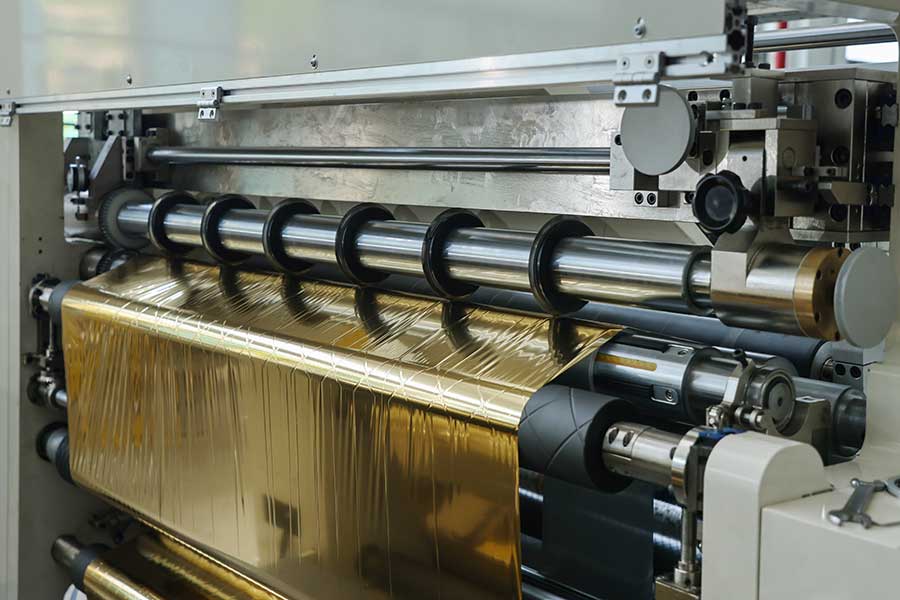
4. Supply chain and production are optimized collaboratively
• Intelligent order scheduling
Big data analyzes historical orders, equipment capacity, and raw material inventory, and automatically generates slitting plans (such as prioritizing narrow orders with tight delivery times). Case: A label material company shortened the preparation time for order replacement by 40% through intelligent scheduling.
• Consumables lifecycle management
RFID tags track the number of blade uses, combined with slitting material hardness data to predict the remaining life, avoiding quality risks caused by overuse.
5. Energy efficiency management and carbon footprint tracking
• Location of energy consumption hotspots
IoT meters monitor the energy consumption of each module in real time, and big data to identify high-energy-consuming links (such as hydraulic systems running without load). An enterprise saves 180,000 yuan in electricity bills per year by optimizing the standby strategy.
• Material utilization optimization
Scan the QR code of the raw material roll to obtain width information, and the AI algorithm plans the optimal slitting combination (such as the Nesting algorithm) to reduce the edge material loss from 4.5% to 2.3%.
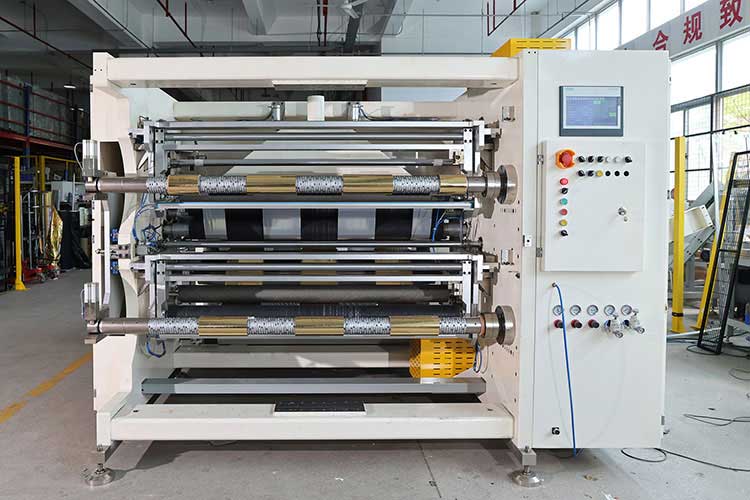
Implementation path recommendations
1. Phased transformation: Prioritize the installation of key sensors (such as tension and vibration), and then deploy edge computing nodes for real-time analysis.
2. Platform selection: Adopt industrial IoT platforms (such as PTC ThingWorx, Siemens MindSphere) to quickly connect to existing PLC systems.
3. Data governance: Establish unified data standards (such as OPC UA protocol) to ensure device-cloud data interoperability.
4. Personnel training: Develop an AR-assisted maintenance system to guide workers to handle alarm work orders pushed by IoT systems.
Benefit evaluation
Typical case data shows that after intelligent upgrades, it can be achieved:
• 15-25% improvement in overall equipment effectiveness (OEE)
• 20-40% reduction in maintenance costs
• 30-50% reduction in quality-related waste
• Increase per capita output by 2-3 times
Through the in-depth application of the Internet of Things and big data, the slitting and rewinding machine has transformed from an isolated device to a node of an intelligent production network, realizing a leap from "experience-driven" to "data-driven".



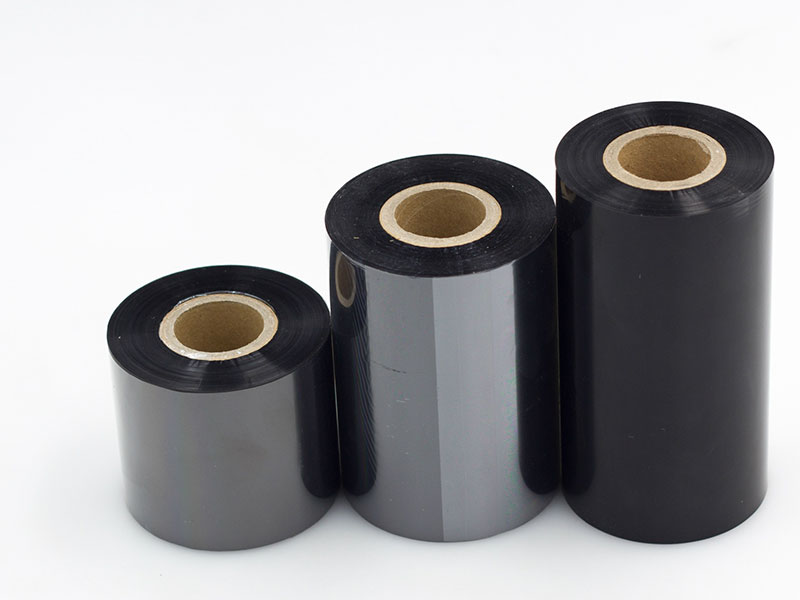

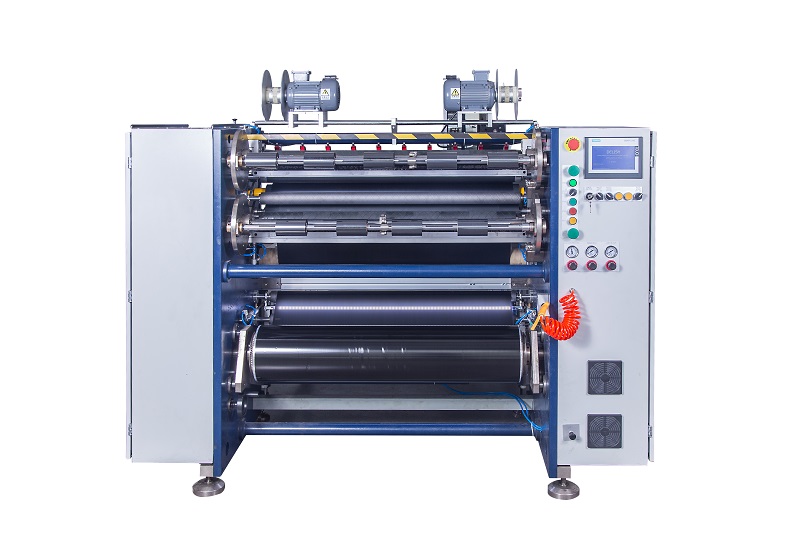
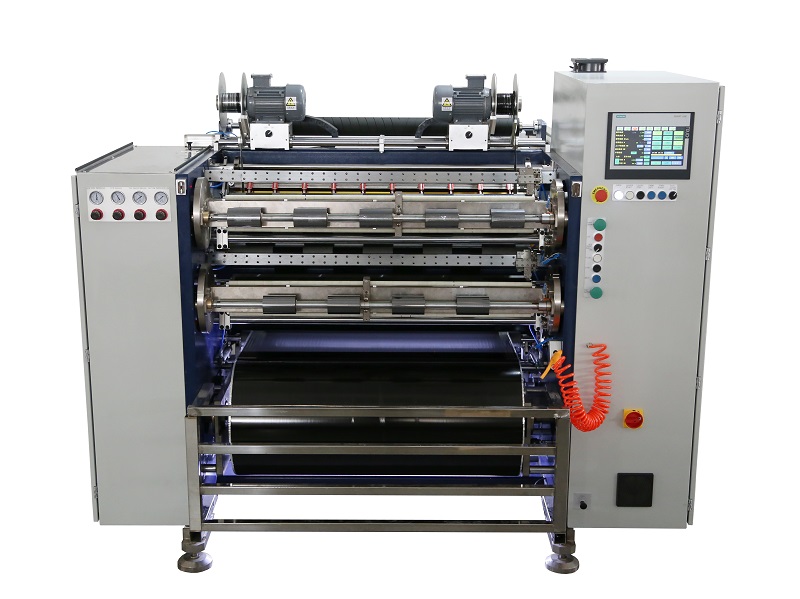 Fully Automatic TTR Slitter RSDS8 Plus
Fully Automatic TTR Slitter RSDS8 Plus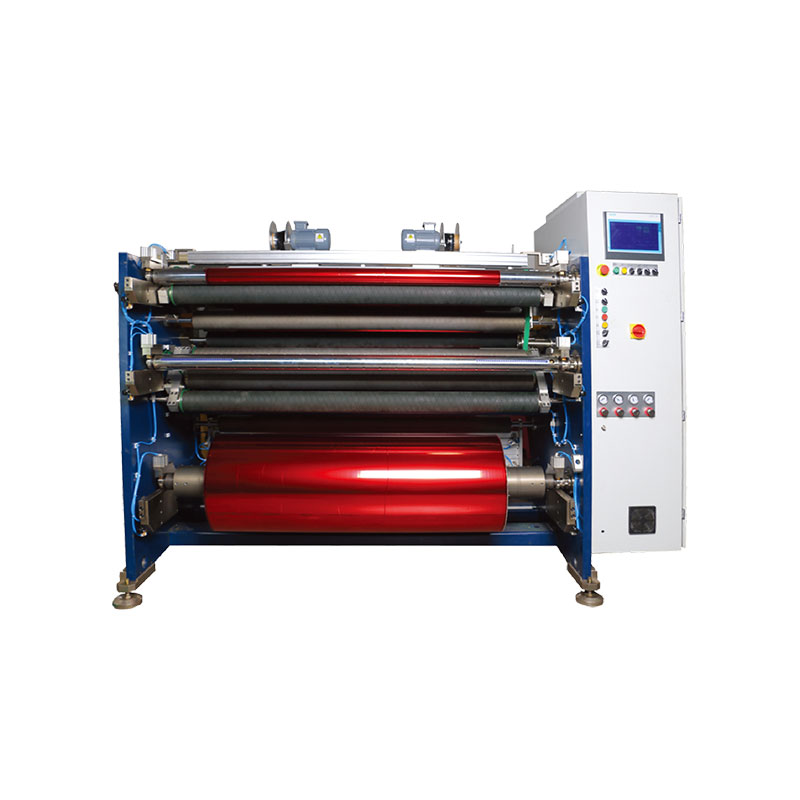 Hot Stamping Foil Slitter 1600mm
Hot Stamping Foil Slitter 1600mm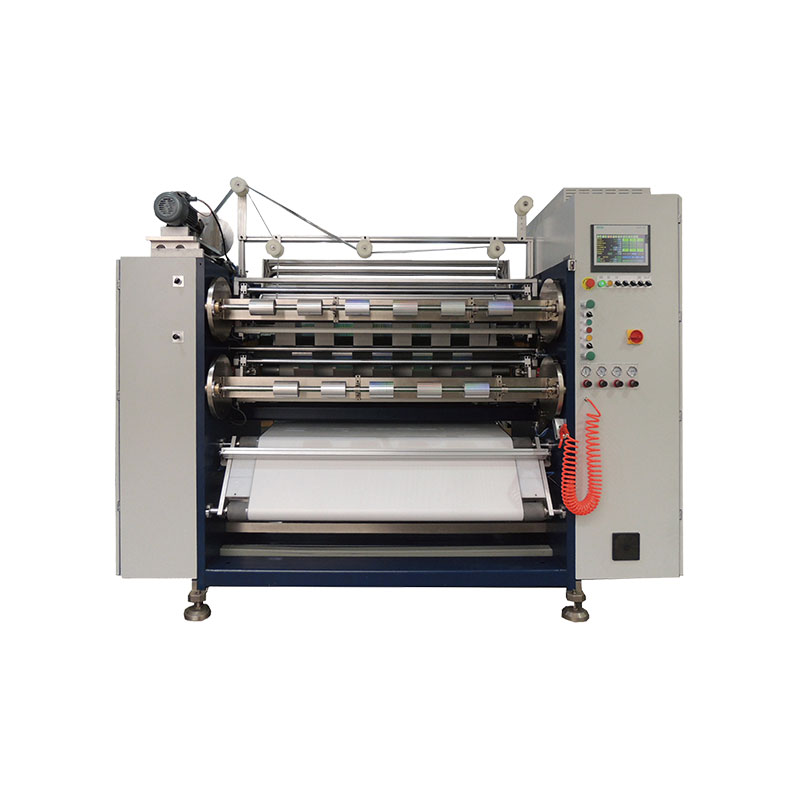 Hot Stamping Foil Slitter (4 Shafts)
Hot Stamping Foil Slitter (4 Shafts)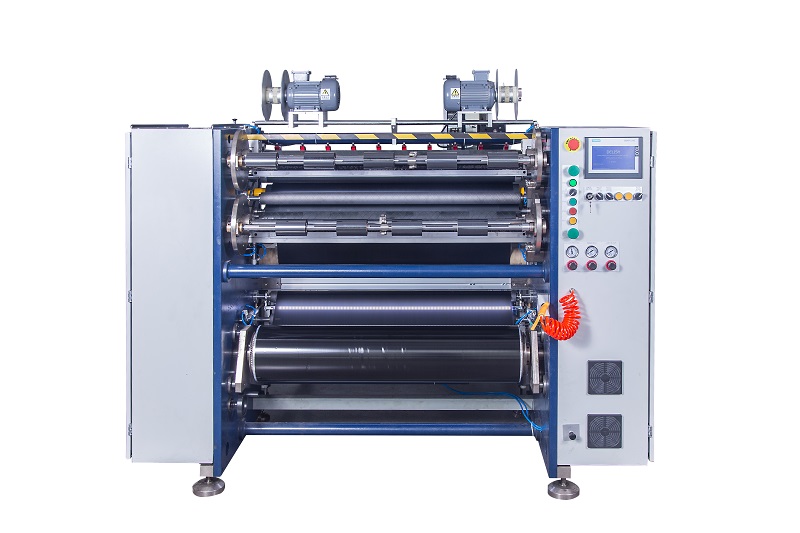 Semi-Auto TTR Slitter RSDS2 Plus
Semi-Auto TTR Slitter RSDS2 Plus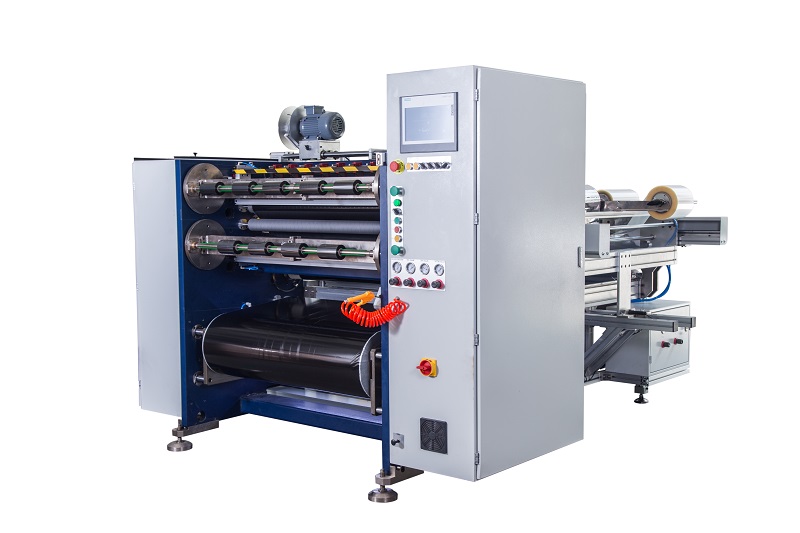 Semi Automatic TTR Slitter RSDS5 Plus
Semi Automatic TTR Slitter RSDS5 Plus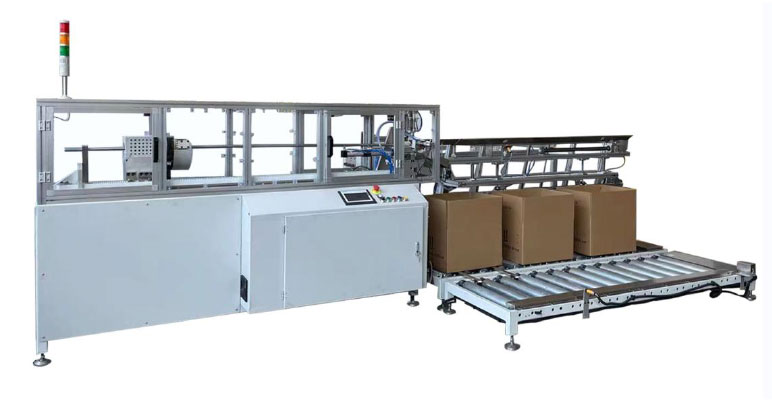 Auto Paper Core Cutter
Auto Paper Core Cutter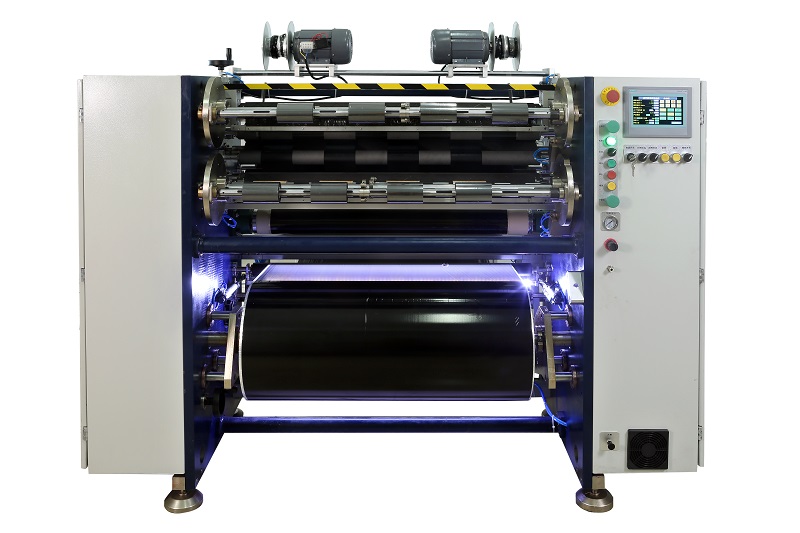 Manual TTR Slitter RSDS2
Manual TTR Slitter RSDS2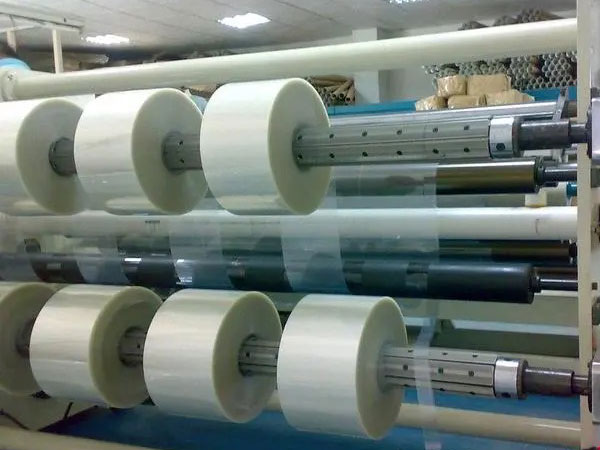 Film Slitting Machine
Film Slitting Machine





